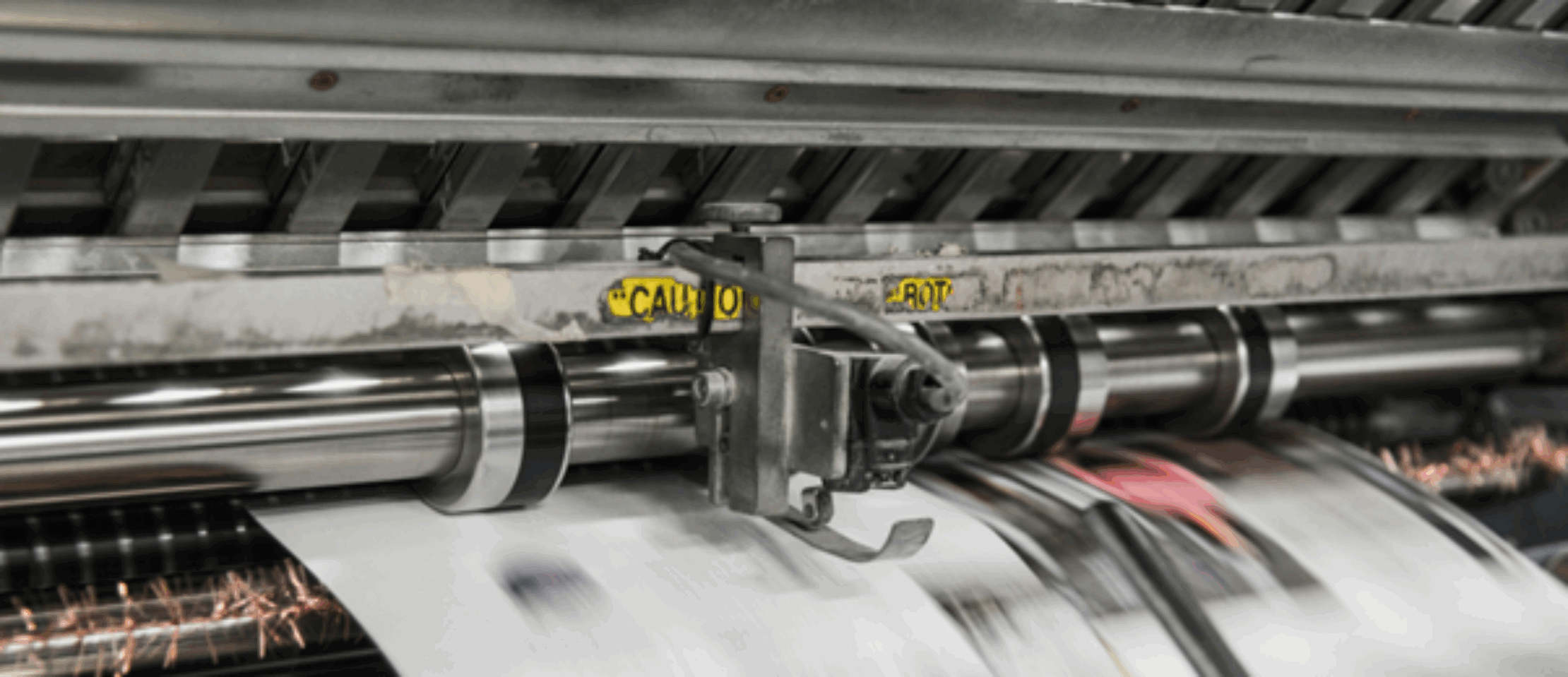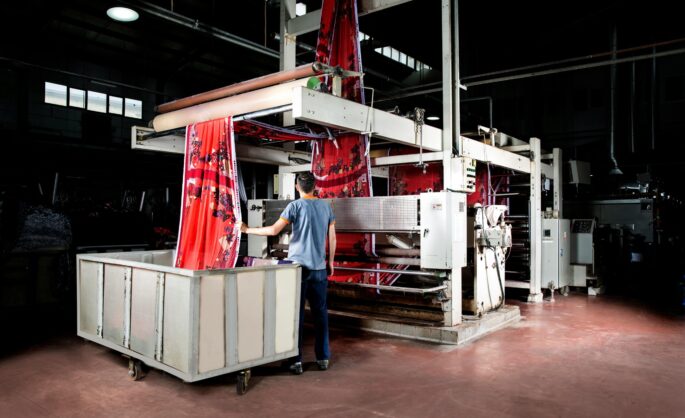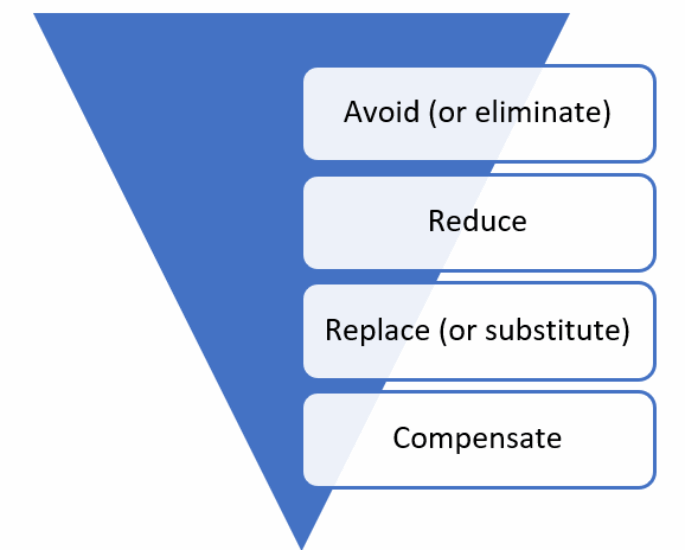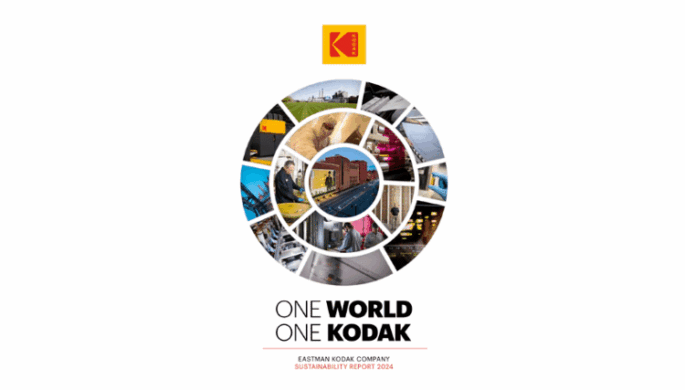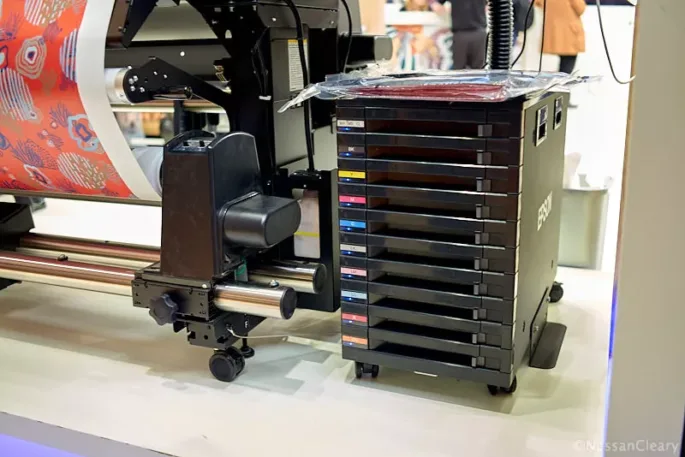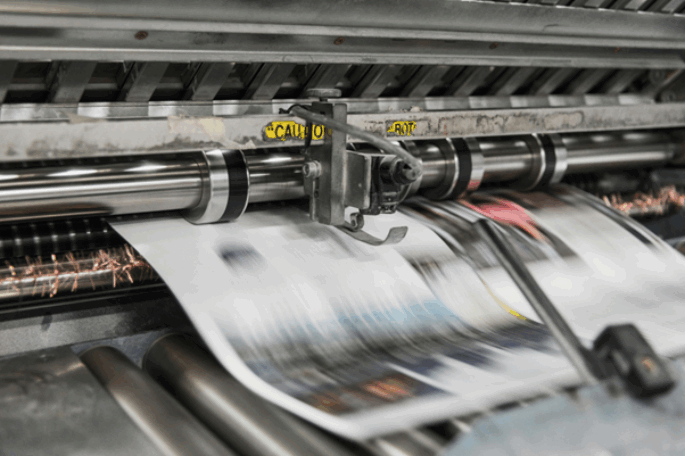
Printed signage can be seen everywhere – it’s an essential tool for effective marketing across all kinds of businesses. With such widespread use, it’s only natural to question its impact on the environment.
Because many of us have shifted to using digital tools in recent years, particularly during the earlier design stages, there has been some progression towards a more eco-friendly way of using signage – reduction in paper, for example. However, there are still ways we can improve, and actions we can take to make it more sustainable. Here are four ideas.
Know the facts
It’s hard to make sustainable changes with confidence if you don’t know exactly where your current processes are falling short, or what areas can be successfully improved. This is why knowing your facts and having access to a large amount of data is key.
Data can help you to identify patterns within your business, including all the trends and statistics you need on sustainability, such as how you’re currently performing. Once you have a baseline for things like paper and energy usage, you’ll be able to put your plans into motion to make your printed signage more sustainable. You can then use these metrics to measure your progress as you go along.
Use sustainable materials and reduce waste
Changing your signage to use more sustainable materials isn’t a simple job, but it’s a necessary next step, and one that can make a big difference – so you’ll want to start collaborating with your suppliers as soon as possible.
Opt for recycled or FSC-certified paper and choose eco-friendly inks, such as those derived from renewable resources – they’re usually soy, vegetable, or water-based. Use more durable materials where you can, as well as those that can decompose or be recycled, like cardboard or bioplastics. This will ensure your final product is planet-friendly.
You should also make sure that you’re cutting waste wherever possible – of course, it’s often necessary to do a test print of something, but try to avoid this unless it’s essential. Double check your designs before you go to print, or print them on a smaller scale at first if you’re just looking to see the impact of the colours and design. While there’s a balance between ensuring you’re providing an excellent product and managing sustainability, being more conscious of what you’re printing is a good start. Additionally, make sure you’re recycling whatever you can.
Be wary of greenwashing
If you set out to make more sustainable printed signage, it’s important to follow through on your plans, to avoid greenwashing. Whether you’re using signs in your own business or supplying them to others, your consumers will expect you to do your bit to uphold your eco-conscious values if that’s what you say you’re going to do.
Use the data you’ve discovered to aid in your strategising, to ensure there’s nothing you’ve missed and nowhere you’ve fallen short. Remember to be upfront about how you’re improving your signage, and try to be honest about any challenges you’re facing, as customers reward transparency.
Give back to sustainability efforts
Going totally sustainable is an ambitious goal, but it should always be something you’re striving to achieve. It’ll take time and effort, but in the meantime, you can do your bit by giving back to the cause in other ways.
Consider looking into charities you can support, or local initiatives you can get involved in. You could even donate a portion of your profits to sustainability organisations, to help them continue to do meaningful work.
No matter how you choose to give back, you’ll be making a difference collectively with other likeminded individuals. Start by looking at the data and educating yourself on the facts, assess at the materials used in your signage, and follow through on any sustainability goals you set for yourself or your business – you won’t regret running your business more sustainably.
